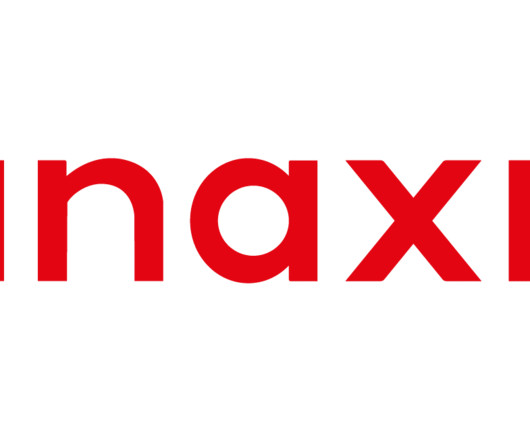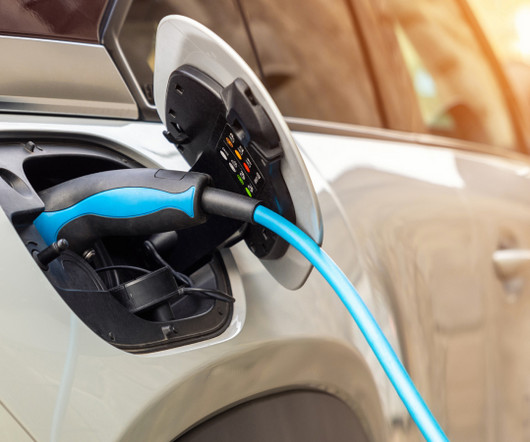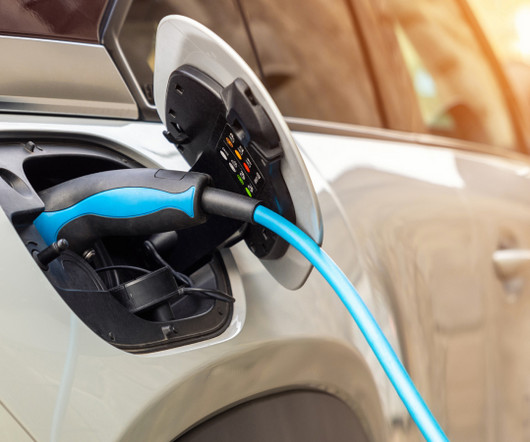U.S. Announces Samsung Electronics Incentives for Semiconductor Production
Supply Chain Matters
APRIL 16, 2024
The aim is the ability to support the strategic supply needs in domestic based aerospace and defense, artificial intelligence and automotive supply networks. Reportedly, Samsung is planning to have the two fabrication facilities to be operational in 2026 and 2027. Under the provisions of the U.S.
















Let's personalize your content